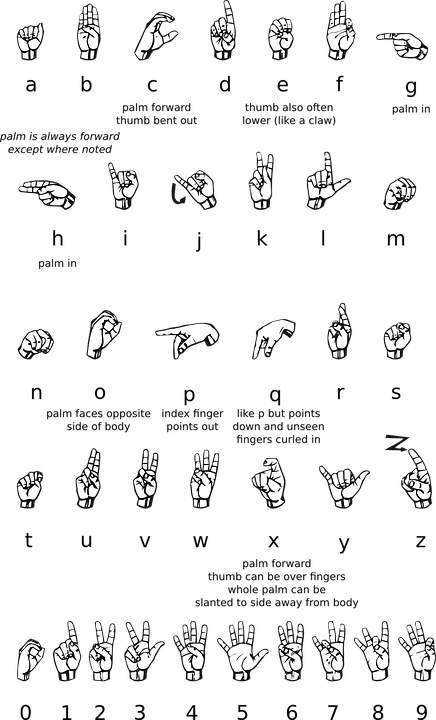Introduction
Understanding your pet’s body language is essential for building a strong bond and ensuring their well-being. Pets communicate their emotions, needs, and concerns through various physical cues. By learning to interpret these signals, you can respond appropriately and create a happier, healthier environment for your furry or feathered friend. This guide will help you decode your pet’s body language and respond effectively.
General Principles of Pet Body Language
Each species has unique ways of expressing emotions and intentions. While dogs, cats, birds, and small animals have different communication styles, there are some universal principles:
- Body posture and movement indicate emotions such as fear, aggression, relaxation, or excitement.
- Facial expressions and eye contact vary across species; for example, direct eye contact can be a challenge for dogs but a sign of affection in cats.
- Tail positioning and movements are key indicators of mood, especially in dogs and cats.
- Vocalizations complement body language to convey more nuanced messages.
By understanding these fundamental principles, you can better interpret your pet’s emotions and behaviors.
How to Read a Dog’s Body Language
Dogs rely on their body language to communicate with humans and other animals. Here are key signs to watch for:
Tail Movements
- Wagging tail: Excitement and friendliness (slow wagging can indicate hesitation, while fast wagging can indicate excitement or stress).
- Tucked tail: Fear, anxiety, or submission.
- Stiff, high tail: Alertness or dominance.
Ear Positions
- Upright ears: Alertness and attentiveness.
- Flattened ears: Fear, submission, or distress.
- Relaxed ears: A calm and comfortable state.
Facial Expressions
- Yawning: Stress or discomfort, especially in unfamiliar situations.
- Lip licking: Nervousness or appeasement.
- Bared teeth: A warning sign of aggression or defense.
Posture and Movement
- Play bow (front legs stretched, rear end up): Invitation to play.
- Stiff stance: Aggression, dominance, or heightened alertness.
- Rolling over: Submission or seeking belly rubs (context matters).
How to Read a Cat’s Body Language
Cats use subtle body language to express emotions and intentions. Here are key indicators:
Tail Signals
- Upright, slightly curved tail: Friendly and confident.
- Puffed-up tail: Fear or aggression.
- Slowly swaying tail: Concentration or mild irritation.
- Rapid tail flicking: Agitation or annoyance.
Ear and Eye Movements
- Forward ears: Curiosity or excitement.
- Flattened ears: Fear, aggression, or irritation.
- Dilated pupils: Excitement or fear (depends on context).
- Narrowed eyes: Relaxation or trust (slow blinking is a sign of affection).
Body Posture
- Arching back with raised fur: Defensive stance.
- Belly exposure: Trust or relaxation (but not always an invitation for belly rubs!).
- Purring: Often a sign of contentment, but can also indicate pain or distress.
Understanding Bird Body Language
Birds have distinctive ways of expressing their emotions. Paying attention to feather positioning, beak movements, and sounds can help you understand them better.
Feather Positioning
- Fluffed feathers: Comfort or relaxation, but can also indicate illness if prolonged.
- Sleek, close-to-body feathers: Alertness or focus.
- Raised crest (for species like cockatiels): Interest, excitement, or fear.
Beak and Vocalizations
- Beak grinding: Contentment and relaxation.
- Chirping and singing: Happiness and social interaction.
- Loud squawking: Alarm, distress, or attention-seeking.
Wing and Foot Movements
- Spreading wings slightly: Cooling off or stretching.
- Holding one foot up: Relaxation or rest.
- Flapping wings rapidly: Excitement or frustration.
Reading Small Animal Body Language (Rabbits, Guinea Pigs, etc.)
Small animals like rabbits and guinea pigs have their own set of communication signals:
Ear Movements
- Perked-up ears: Alertness or curiosity.
- Flattened ears: Fear or submission.
Hopping and Binkying
- Binkying (jumping and twisting in the air): Extreme happiness in rabbits.
- Hopping in circles around you: Affection or excitement.
Teeth Grinding vs. Chattering
- Soft teeth grinding: Contentment (like purring in cats).
- Loud teeth chattering: Discomfort, stress, or warning.
Signs of Stress or Illness in Pets
Recognizing stress or illness early can help prevent serious health issues. Common signs include:
- Loss of appetite
- Lethargy or excessive sleep
- Unusual aggression or withdrawal
- Excessive licking, scratching, or grooming
- Changes in vocalization patterns
- Hiding more than usual
If you notice any of these signs, consult a veterinarian promptly.
How to Respond to Your Pet’s Body Language
To foster a healthy relationship with your pet, consider these tips:
- Observe and learn: Pay attention to subtle body language changes.
- Respect boundaries: Avoid forcing interactions if your pet is displaying discomfort.
- Use positive reinforcement: Reward good behavior with treats, praise, and affection.
- Provide mental and physical stimulation: Play, exercise, and engage with your pet daily.
Conclusion
Understanding your pet’s body language is key to fostering a deep bond and ensuring their well-being. By learning to read their signals and responding appropriately, you can enhance their quality of life and strengthen your connection. Keep observing and respecting your pet’s communication cues for a happier, healthier relationship.
For more pet care tips, visit ArticleTable.
Related Resources
For further reading on pet communication and behavior:
- Sunray Click
- Local veterinary resources and pet training guides
By staying informed and attentive, you can ensure a lifetime of understanding and companionship with your pet!
